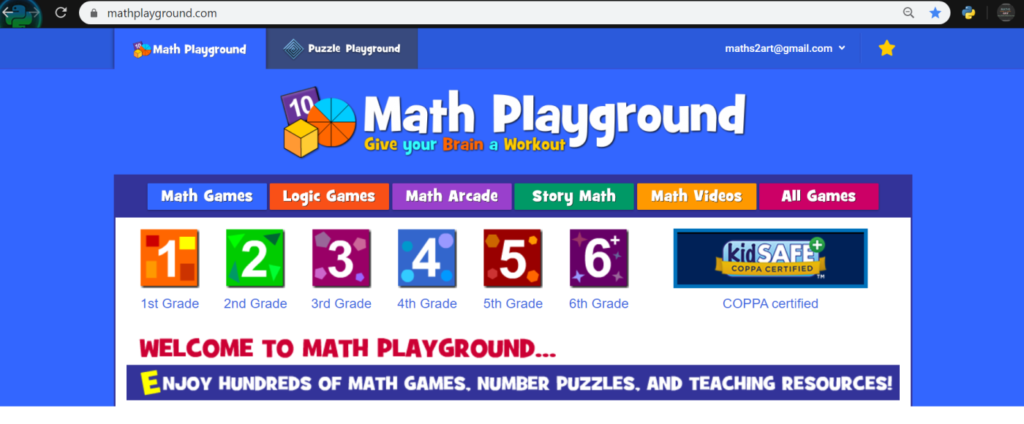In a world where the mere mention of mathematics can invoke a sense of dread in many students, the concept of a “math playground” emerges as a beacon of hope and excitement. This innovative approach to learning math transcends traditional classroom methods, integrating the joy of play with the complexities of mathematical concepts. As we delve deeper into the significance of math playgrounds, we uncover not just their ability to enhance learning experiences but also to foster a lifelong love for math among students.
The Essence of Math Playgrounds: Where Learning Meets Play
At its core, a math playground is an educational space—virtual or physical—where students can explore mathematical concepts through games, puzzles, and interactive activities. Unlike the rigid structure of conventional math lessons, these playgrounds are designed to make learning feel like play. They provide a hands-on, engaging environment where failure is just a step in the learning process, not a final verdict. This shift from a performance-focused to a learning-focused mindset is crucial in building students’ confidence and curiosity in math.
A Multitude of Benefits: Beyond Just Numbers
The advantages of incorporating math playgrounds into education are manifold. Firstly, they cater to diverse learning styles, ensuring that every student finds a pathway to understanding complex concepts. Whether it’s through visual puzzles, logic games, or spatial reasoning challenges, math playgrounds offer something for everyone. Furthermore, these platforms encourage critical thinking and problem-solving skills, traits that are invaluable not just in academic settings but in everyday life as well.
Bridging Gaps: Making Math Accessible and Inclusive
Math playgrounds play a pivotal role in democratizing education. They often come equipped with resources that are freely accessible online, breaking down barriers to learning. In doing so, they provide students from various backgrounds the opportunity to engage with math outside the constraints of textbooks and exams. This accessibility is a step towards leveling the educational playing field, making math more inclusive and less intimidating for all.
Case Studies: Success Stories from Around the Globe
The impact of math playgrounds can be seen in numerous success stories across different educational landscapes. For instance, schools that have integrated game-based learning platforms report a noticeable increase in students’ math test scores and overall engagement. These platforms, with their interactive challenges and immediate feedback, help students grasp concepts more quickly and retain information longer. Moreover, teachers observe a significant shift in attitudes towards math, with students expressing more enthusiasm and less anxiety about the subject.
The Role of Technology: Enhancing the Math Playground Experience
Advancements in technology have been instrumental in the evolution of math playgrounds. Interactive websites and apps offer a plethora of games and activities tailored to different age groups and skill levels. Artificial intelligence and adaptive learning algorithms further personalize the experience, adjusting the difficulty based on the student’s performance. This technological integration not only makes math playgrounds more effective but also ensures they remain relevant and engaging for digital-native generations.
Overcoming Challenges: Ensuring Effective Implementation
While the benefits of math playgrounds are clear, their successful implementation comes with its set of challenges. Ensuring that these platforms are used as effective educational tools rather than just entertainment requires careful planning and oversight. Educators must be trained to integrate these resources into their curriculum effectively, balancing play with learning objectives. Furthermore, the digital divide remains a significant hurdle, with not all students having equal access to the necessary technology. Addressing these challenges is crucial for maximizing the potential of math playgrounds.
Conclusion: A New Horizon for Math Education
The introduction of math playgrounds into the educational landscape marks a significant shift in how we approach teaching and learning mathematics. By blending the elements of play and learning, these platforms have the potential to transform students’ perceptions of math from daunting to enjoyable. As we continue to explore and expand these innovative learning environments, we open up a world of possibilities for students to discover the beauty and excitement of mathematics. The journey towards making math a beloved subject may be long, but with math playgrounds leading the way, it’s certainly a journey worth embarking on.
Read Also: Tyler Stanaland: Rising Star in Real Estate and Entertainment

